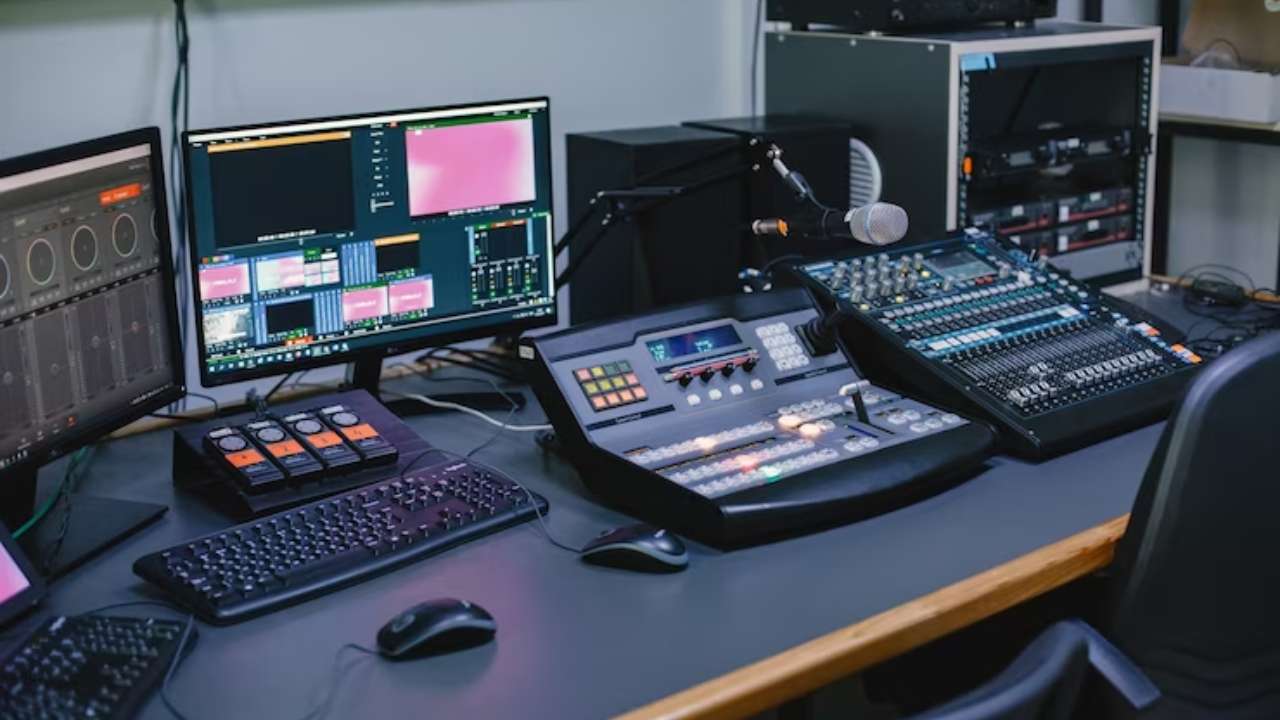The initial action in effective surveillance camera placement is to identify vulnerable zones within the retail space. Such areas typically include entrances and exits, checkout registers, and aisles where expensive items are showcased. By placing cameras in these areas, retailers can monitor shopper actions and detect questionable conduct. Additionally, cameras at entry points can record footage of individuals entering and leaving the store, which is crucial for recognizing potential shoplifters. This proactive strategy aids in reducing theft and ensuring a safe atmosphere.
Another important factor is the kind of camera used in the retail space. Various cameras serve distinct purposes. For instance, dome cameras are commonly used for internal surveillance because they are more obtrusive and can cover a wide space. Conversely, bullet surveillance cameras are ideal for outdoor application, as they are much visible and can discourage criminal behavior. Store owners should evaluate their particular needs and select the appropriate camera models to guarantee comprehensive monitoring of the retail space.

Along with surveillance camera models, the position and elevation at which surveillance devices are installed play a significant part in their efficacy. Surveillance devices should be positioned at a height that enables for clear visibility of faces and actions without being readily manipulated with. A typical suggestion is to mount surveillance devices at click here for more info least 8 to 10 feet off the ground. Additionally, surveillance devices should be tilted to cover as wide space as feasible while avoiding blind spots. This strategic installation ensures that all zones of the store are monitored, offering a full perspective of customer interactions and possible safety risks.
Ultimately, it is essential for retailers to consistently assess and maintain their surveillance systems. This includes inspecting surveillance device functionality, ensuring that footage are high-quality, and refreshing programs as needed. Regular upkeep aids to prevent technical problems that could compromise security. Additionally, store owners should review recordings regularly to identify patterns in shopper actions and potential security threats. By remaining proactive and mindful to their monitoring systems, retailers can create a safer shopping atmosphere and safeguard their resources efficiently.